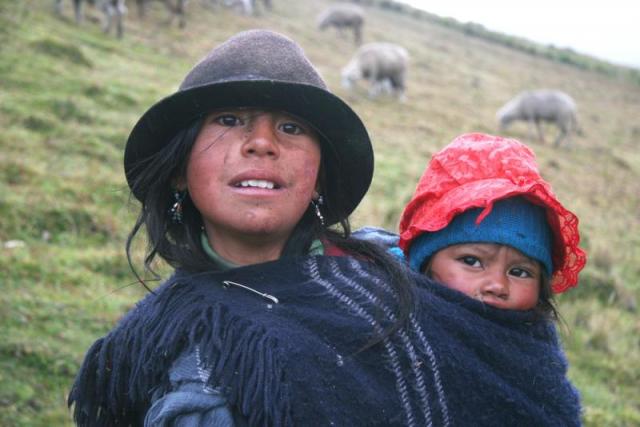LatinaLista —
In Latin America and the Caribbean there are approximately 50 million indigenous peoples, about 10% of the total population. However, in two countries, Peru and Guatemala, indigenous peoples encompass almost half of the population, and in Bolivia, they are over 60% of the total population. Even though in Mexico indigenous peoples cover only 10% of the total population, Mexico and Peru contain the largest indigenous population in the region: about 11 million people.
Yet, even with those impressive numbers, the Indigenous of Central and South America are still underrepresented in their national governments and in some countries remain a powerless segment of the population. Yet, because of mobile phones, social media and the Internet, today’s Indigenous are breaking free of their oppressive past and blazing a new trail for themselves.
According to a new report released at this week’s 12th Session of the Permanent Forum on Indigenous Issues at the United Nations, technology is only one new key helping to expand the voices and issues that face Indigenous Peoples. The rise of more indigenous movements helped by online advocacy and the willingness of an increasing number of government agencies to stand by Indigenous’ concerns are raising global awareness of the Indigenous and their ongoing fight to remains stewards of their territories, even though they still are the poorest in the Americas.
“The white-mestizo population has benefited, but not the indigenous peoples, as if they lived in a world secluded from the most positive aspects of development,” stressed the report, written mainly by indigenous leaders and experts.
Since political participation is seen as a viable means to promote Indigenous causes, like President Evo Morales of Bolivia and Rigoberta Menchu of Guatemala have done, more Indigenous are striving to get elected. However, according to the report, political inclusion remains a hard-fought battle, especially for women.
The report maps the indigenous peoples’ participation in parliament and shows that:
· Among Mexico’s 500 lower house representatives,14 are indigenous and four of them are women (2012-2015)
· In Guatemala there are 158 seats in parliament, 19 are taken by indigenous peoples, three of them are women (2012-2016)
· In Nicaragua of the total 92 deputies in the National Assembly during 2006-2009, three were indigenous peoples and two of them were women;
· Among Ecuador’s 124 MPs, seven are indigenous peoples, two of them are women (2009-2013.)
· In Peru, there are 130 parliamentarians and only nine are indigenous peoples, two of them are women (2011-2016);
· In Bolivia, where indigenous peoples are the majority of the population, of the 130 MPs 41 are indigenous, but only nine of them are women.



